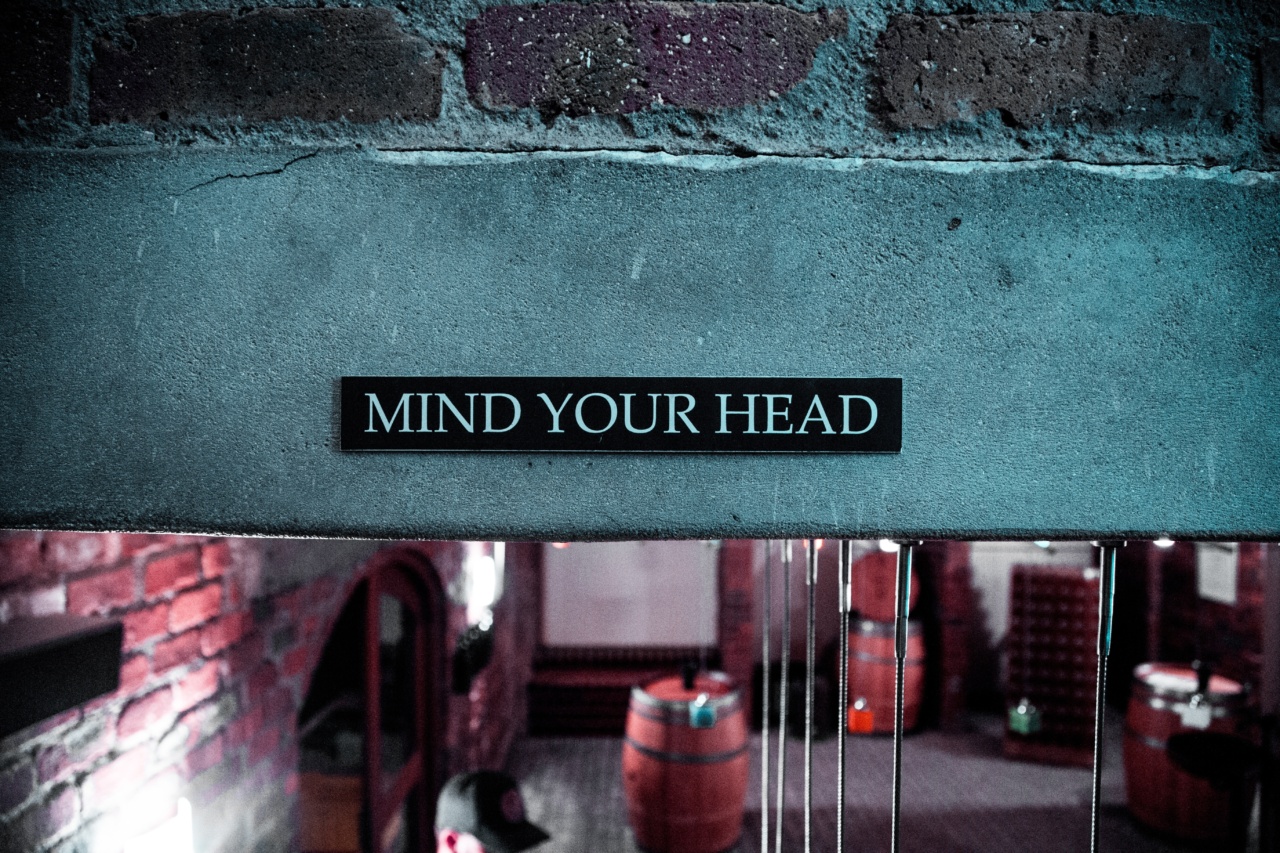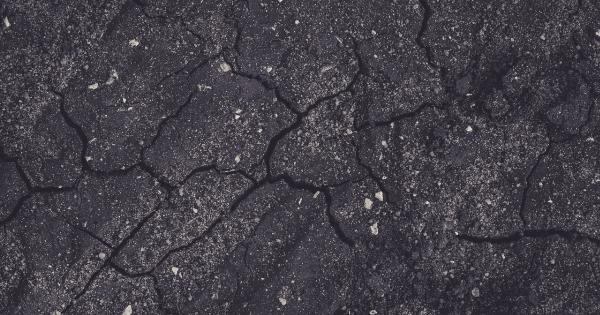If you have noticed a hole in your navel, it is important not to ignore it. While it may seem like a minor issue, it could actually be a warning sign of an underlying medical condition.
In this article, we will explore the possible causes of a hole in the navel and discuss when it is time to seek medical attention.
What is a Hole in the Navel?
A hole in the navel, also known as an umbilical hernia, is a condition where a small opening or gap develops in the abdominal wall around the belly button area.
This opening allows fatty tissue or intestines to protrude through, creating a visible hole.
Possible Causes of a Hole in the Navel
There are several potential causes of a hole in the navel, including:.
1. Umbilical Hernia
As mentioned earlier, an umbilical hernia is one of the most common causes of a hole in the navel. It typically occurs when a weak spot in the abdominal muscles fails to close completely after birth, leading to the development of a small opening.
2. Pregnancy and Childbirth
Women who have had multiple pregnancies or given birth to large babies are more susceptible to developing a hole in the navel. The increased pressure on the abdominal muscles during pregnancy can weaken the area around the belly button.
3. Obesity
Obesity can also contribute to the development of an umbilical hernia. The excess weight places strain on the abdominal muscles, making them more vulnerable to tearing or developing small openings.
4. Previous Abdominal Surgery
If you have had abdominal surgery in the past, such as a laparoscopic procedure or a C-section, it can weaken the abdominal muscles and increase the risk of a hernia.
Signs and Symptoms
The presence of a hole in the navel is the most obvious sign of an umbilical hernia. However, there are additional symptoms that may accompany it, including:.
1. A Visible Bulge
You may notice a soft lump or bulge around your navel when standing, coughing, or straining. This bulge often disappears when lying down or applying gentle pressure.
2. Discomfort or Pain
While umbilical hernias are typically painless, some people may experience discomfort or mild pain around the hernia site.
3. Nausea or Vomiting
In rare cases, an umbilical hernia can become incarcerated, which means the tissue trapped in the hernia cannot be pushed back into place. This can lead to symptoms such as nausea, vomiting, and severe pain.
When to Seek Medical Attention
While many umbilical hernias resolve on their own, it is crucial to consult a healthcare professional if you experience any of the following:.
1. Increase in Pain or Discomfort
If the pain or discomfort around the hernia site intensifies or becomes persistent, it is important to seek medical attention.
2. Enlargement of the Hernia
If you notice that the size of the hernia is increasing or if it becomes irreducible (unable to be pushed back in), it is essential to see a doctor.
3. Symptoms of Incarceration
If you experience symptoms such as nausea, vomiting, or severe pain, it could indicate an incarcerated hernia, which requires immediate medical intervention.
Treatment Options
The treatment for a hole in the navel depends on the severity of the umbilical hernia and the presence of any complications. In some cases, no treatment may be necessary as the hernia may close on its own as the child grows or the body naturally heals.
However, if the hernia persists or causes discomfort, the following treatment options may be recommended:.
1. Watchful Waiting
If the hernia is small and not causing any significant symptoms, your healthcare provider may suggest monitoring it closely and waiting to see if it resolves on its own.
2. Surgical Repair
In cases where the hernia is large, causes discomfort, or poses a risk of complications, surgical repair may be necessary. The procedure involves closing the hole in the abdominal wall, often using sutures or a synthetic mesh.
Prevention Tips
While not all umbilical hernias are preventable, there are some precautions you can take to potentially reduce your risk:.
1. Proper Lifting Technique
When lifting heavy objects, remember to bend your knees and use your legs rather than putting strain on your abdominal muscles.
2. Maintain a Healthy Weight
Obesity increases the risk of developing a hernia, so maintaining a healthy weight through a balanced diet and regular exercise can help reduce this risk.
3. Avoid Straining
Straining during bowel movements or urination can put unnecessary strain on the abdominal muscles. If you are experiencing difficulties, consider increasing fiber intake or speaking with a healthcare professional.
In Conclusion
A hole in the navel should not be taken lightly, as it may be a warning sign of an underlying umbilical hernia.
While some hernias resolve on their own, it is important to seek medical attention if you experience increasing pain, enlargement of the hernia, or symptoms of incarceration. Early detection and appropriate treatment can help prevent complications and ensure optimal health.






























